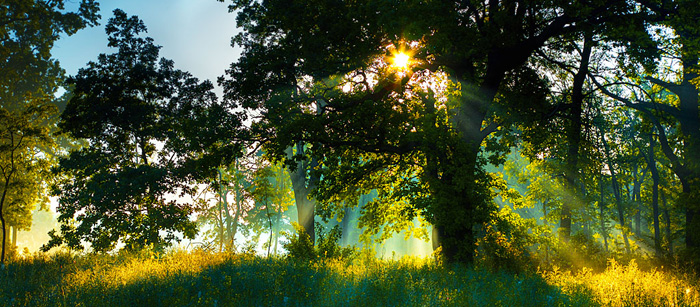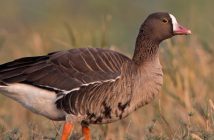National parks are large areas of public land set aside for native plants, animals and the places in which they live. National parks protect places of natural beauty. national park is home to many endemic species. They also protect places important to Aboriginal people, and places that show how people lived in the past.
National parks are actually protected areas. IUCN definition of a protected area: “A clearly defined geographical space, recognized, dedicated and managed, through legal or other effective means, to achieve the long-term conservation of nature with associated ecosystem services and cultural values”.
Conservation of biodiversity (the variety of our native species and the ecosystems they form) is the central purpose of protected areas. High levels of biodiversity keep ecosystems healthy and resilient, which means that they continue providing vital ecosystem services such as nutrient cycling, climate regulation, air and water purification and pollination.
Protecting biodiversity is vital to safeguard our economy; our cultural, spiritual and aesthetic values; and the intrinsic value of species and ecosystems. National parks provide a safe home for native plants and animals. They help keep the air and water clean. National parks give us places to enjoy.
National parks help us to learn about the environment, history and wild life.
The world’s first national park, Yellowstone, was created by an act of Congress in 1872 as a “pleasuring ground for the benefit and enjoyment of the people in order to protect for all time this outstanding natural area.
We need fresh air, clean water and healty food. Without them we would die. The leaves of plants make fresh air. Their roots hold the soil together, which stops erosion and helps keep our waterways clean. National parks have lots of plants so they play a big part in keeping our environment healthy.
National parks are places for people to relax in and enjoy. There are lots of things to do in a national park such as swimming, skiing, painting, mountaineering, taking photographs, enjoying the view and taking in fresh air. National parks are places for everybody to learn about native plants and animals and the way they rely on each other. Historic sites and Aboriginal sites also help us to learn about how people lived in the past.
Rules for visiting a national park:
| Rule | Reason why |
| Keep pets at home. | Pets can scare or kill native animals. |
| Take all your rubbish home. | Rubbish causes damage to the environment. |
| Leave plants, animals, rocks, shells and soil as you find them. | Disturbing these things puts the lives of animals and plants at risk and ruins their habitats. |
| Vehicles must stay on roads. | Vehicles cause damage to plants and animals and increase erosion. |
| Ride your mountain bike on roads but not on tracks. | Riding on walking tracks can injure walkers and damage the track. |
| Tread lightly – keep on the track. | You won’t damage plants and animals when walking on the track. |
| Do not pick flowers. | Flowers are food for insects and birds, and they make seeds from which new plants grow. |
| Use toilet facilities, not the bush. | This keeps damage to plants and the soil to a minimum. |
| Do not touch or walk on historic sites or Aboriginal sites. | These sites are easily damaged by humans. |
Staying safe in national parks
• When bushwalking, tell someone where you are going.
• Take food and water, warm clothing and a raincoat.
• Do not go alone.
• Be careful when walking on rocks at the sea edge.
• Put on sunscreen and a hat.
• Stay behind safety fences.
• Before swimming check the depth, temperature and current.
List Of National Parks In Turkey
Map Of National Parks In Turkey
Protected Areas and IUCN Categories
Ecotravel Guidelines




